The project examines religious change in Northern Ireland over time (1991 – 2011).
On the aggregate level, the extent to which the socio-religious fabric across Northern Ireland has changed between 2001 and 2011 is investigated. A large literature on secularization in Europe and the US points towards a trend of religious decline that is predominant in most of Europe (Pollack 2008; Pickel 2009; Crockett and Voas 2006; Bruce 2002). However, due to several factors (its specific political history, the predominantly rural structure of the country) Northern Ireland could be an exceptional case and could thus deviate from the general (Western-) European pattern. Strong associations between religious and national identities have been pointed out in the literature on Northern Ireland (Hayes and McAllister 2009). This project thus also examines to what extent the patterns found for religious identities overlap with the patterns found for national identities.
Three waves of Census data (1991, 2001, 2011) linked via the NILS permit us to trace patterns of social and religious change over three decades.
Research questions on the aggregate level are: How have the group-sizes of Northern Ireland’s religious denominations changed over time in comparison and how do they overlap with national identities? Have some denominations greater losses or gains (new entrants) than others? What are the numbers of those who switched their religious identity? For each religious denomination: what part of the change in group-size is explained by mortality and fertility? This is related to health differences between groups, as health differences may explain differences in mortality.
An attempt is made to distinguish as many religious affiliations (denominations, identities) as the data will allow.
On the individual level the project examines to what extent people’s religious identities in Northern Ireland have changed over time and how social characteristics differ between people who secede from a church, who convert from one denomination to another or who newly adopt a religion. Changes in self-reported religious identities between 1991 and 2011 are analysed and overlaps between religious and national identities and their change over time are examined.
Furthermore, the project analyses health differences between religious denominations: Are there health-differences between members of different denominations and if so, are these explained by religious affiliation or by other variables (age, socio-economic well-being, area-deprivation, differences in group-composition e.g. by age)?
Outputs:
Shuttleworth, I & Doebler, S. (2014) ‘Religious Affiliation in Northern Ireland 2001-2011: A Longitudinal Perspective‘ – Presented at the British Society for Population Studies conference, 8-10th September 2014.


